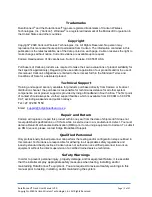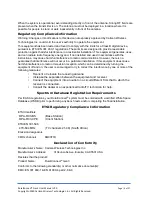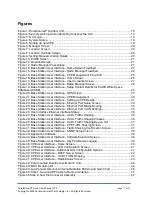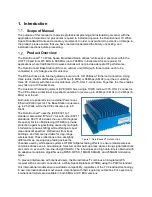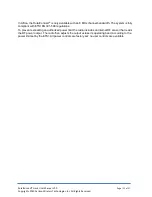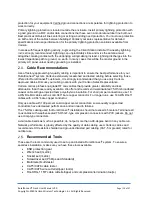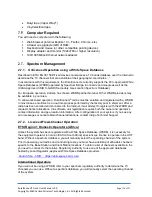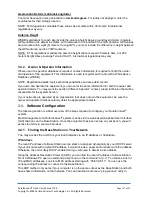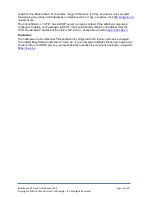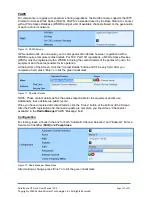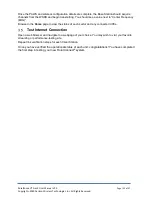
1. Introduction
Scope of Manual
The purpose of this manual is to provide professional planning and installation personnel with the
appropriate information and procedures required to install and operate the RuralConnect TV White
Space Broadband Radio and accessory equipment. In order to avoid harm to persons or damage to
the product, please ensure that you have read and understand the safety, unpacking, and
installation sections before proceeding.
Product Overview
The RuralConnect
®
TV White Space Broadband Radi
o utilizes “white space” spectrum within the
UHF TV band from 470 MHz to 698 MHz (up to 790 MHz in EU/some African regions), for
applications where traditional microwave solutions will not provide adequate RF performance.
The RuralConnect Base Station (BS) is an outdoor unit (ODU) with three radios, each to be
connected to a 120-degree sector antenna.
The BS functions as an Internet gateway router via its 10/100 Base-T Ethernet connection. Using
three radios, the BS distributes up to 72 Mbps (6 MHz) or 96 Mbps (8 MHz) over the air, utilizing
three RF channels with three sector antennas, via 75-Ohm F-connectors. Together, the three radios
may host up to 100 subscribers.
The Customer Premise Equipment (CPE) ODU has a single TVWS radio with 75-Ohm F-connector.
The CPE utilizes a directional log-periodic antenna to receive up to 24 Mbps (6 MHz) or 32 Mbps (8
MHz) over the air.
Both units are powered via an external Power-over-
Ethernet (POE) injector. The Base Station consumes
up to 25 Watts, while the CPE consumes up to 8
Watts.
The RuralConnect
®
uses the IEEE 802.11af
standard, also called “White-Fi.” As with other 802.11
standards, 802.11af includes the use of Orthogonal
Frequency Division Multiplexing (OFDM) to provide
protection against signal fading caused by multipath
interference (phase-shifting) while offering a robust
clean transmit spectrum. Reflections from trees,
buildings, and hills are inevitable for long-range
wireless links. These reflections arrive at slightly
different times, causing deep fading across the
channels used by white space systems. OFDM mitigates fading effects to ensure reliable wireless
communications even in mountainous, forested, and/or built-up areas where strong signal reflections
are common, even with non-line-of-sight (NLOS). The robustness and high data rate is obtained with
an adaptive modulation algorithm using BPSK, QPSK, 16QAM, 64QAM, and 256QAM modulation
types.
To prevent interference with licensed users, the RuralConnect
®
combines an integrated GPS
receiver with a secured connection to a White Space Database (WSDB) using the PAWS standard.
Our international models ensure worldwide compatibility, regardless of the TV broadcast technology
in use. International users must ensure compliance with their regulatory authorities. For export only,
international models are available in both 6 MHz and 8 MHz versions.
Figure 1: RuralConnect
®
Outdoor Unit


